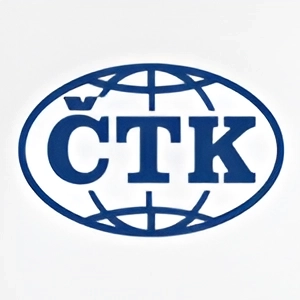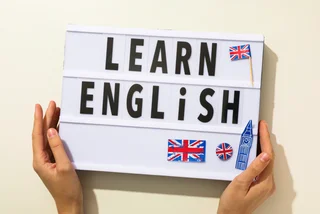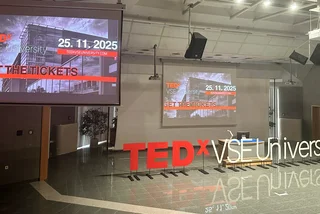According to Eurostat data for 2020, the proportion of secondary school students in Czechia enrolled in general education is lower than the EU average, landing the nation among the states with the lowest percentile of students in this course of study.
Despite the fact that experts have pointed out the growing advantages of a general education, the capacities of gymnasiums are not growing in proportion to the number of applicants and many students end up enrolling in vocational or technical schools.
Why so many vocational students?
The proportion of new matriculates to vocational education is one of the highest in the Czech Republic compared to EU countries. According to the National Pedagogical Institute (NPI), the majority of vocational high school students study in the fields of technology, production and construction.
While in the Czech Republic 40 percent of vocational secondary school students study these fields, in Europe it is on average about 30 percent. According to NPI, this reflects the high share of industrial production in the Czech economy.
"Unlike other countries, the majority of students admitted to technical fields of higher education are made up of graduates of technical fields of secondary schools, while high school graduates prefer to enter the fields of humanities, medicine and law, and then choose economic and teaching programs," said the institute's staff.
- About 30 percent of high school students are now in general education in the Czech Republic, the rest attend secondary technical and vocational schools. On average, in the EU member states 51.3 percent are high school students in general education (Source: Eurostat).
- Approximately 114,000 applicants submitted applications for the uniform entrance exams for matriculation studies at secondary schools and multi-year gymnasiums. Last year, 103,000 children signed up for the exams organized by Cermat (Source: Zermatt)
Experts say this could pose long-term problems for the future labor market as general education better prepares students for a variety of jobs and industries.
"The development of the labor market suggests that, in the future, preference will be given to generally oriented individuals with the ability to gain experience and expertise in new professions in a short period of time," said representatives of Czech education watchdog group EduIn.
The differences in educational systems among EU member states reflect their different priorities and goals. In some countries, general education is seen as a prerequisite for further education, while in others, vocational education and training are emphasized as a way to prepare students for the workforce.
In Germany, according to Eurostat data, 51.2 percent of young people went to fields of general education, and Denmark showed an even higher proportion of those students.
While vocational education has its benefits, experts warn against overemphasizing it at the expense of general education. Instead, a balanced approach that includes both general and vocational education can better prepare students for the workforce and provide them with a solid foundation for future career paths.













 Reading time: 2 minutes
Reading time: 2 minutes 



























